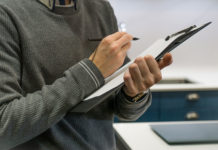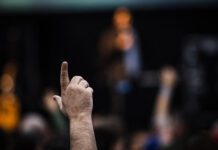Listening to one person speaking is possibly the most passive learning technique there is. We are designed to talk and move and interact with our environment. Our brains work best when we are involved and participating, not sitting back and “zoning out.” There are a few simple ways to make the learning experience active and engaging, and switching people’s brains on …
1. Get them moving.
When you move, it increases blood flow generally and wakes you up. We tend to think that all learning is done with the brain, forgetting that our brains are connected to our whole body! In fact, the more “hands-on” an activity is, the more of the brain it activates.
2. Make it fun!
When we are laughing, our brains are switched on and we are highly tuned in to learning. We have positive feelings about what we are learning, so we are far more likely to remember it and use it in real life.
3. Use all the senses.
Listening only uses one sense, and one type of intelligence. We should engage in activities that stimulate our eyes, our ears, and even our senses of taste, touch and smell. Different sensations activate different parts of our brains (e.g., music is a totally different experience than listening to a sermon, even though we use our ears for both).
4. Let them discover it.
People own and apply concepts they have actively discovered for themselves. They feel a sense of ownership. If you create it, you own it.
5. Get them talking.
Talking is a powerful learning tool. We remember far more from a conversation we were involved in than from a lecture we listened to.
6. Share an experience.
A shared experience is a great starting point for reflection and interaction. A hands-on, physical activity with an embedded message is often a more powerful way to teach a concept than a sermon with many hours of preparation time.
7. Reflection and response.
Reflecting on our experiences helps us process and reconstruct our understanding. All active learning activities should allow some form of response, whether it is collaborative (as a group) or individual (e.g., writing or drawing some part of the message that was relevant to you). Reflecting on our emotional responses is particularly insightful for us, as it can help inform us of our underlying belief systems and allow us to examine ourselves at a deeper level.
What are some other techniques you have found helpful in getting people engaged and involved in the learning process, and empowering them to take their learning out of the room and into the world?













